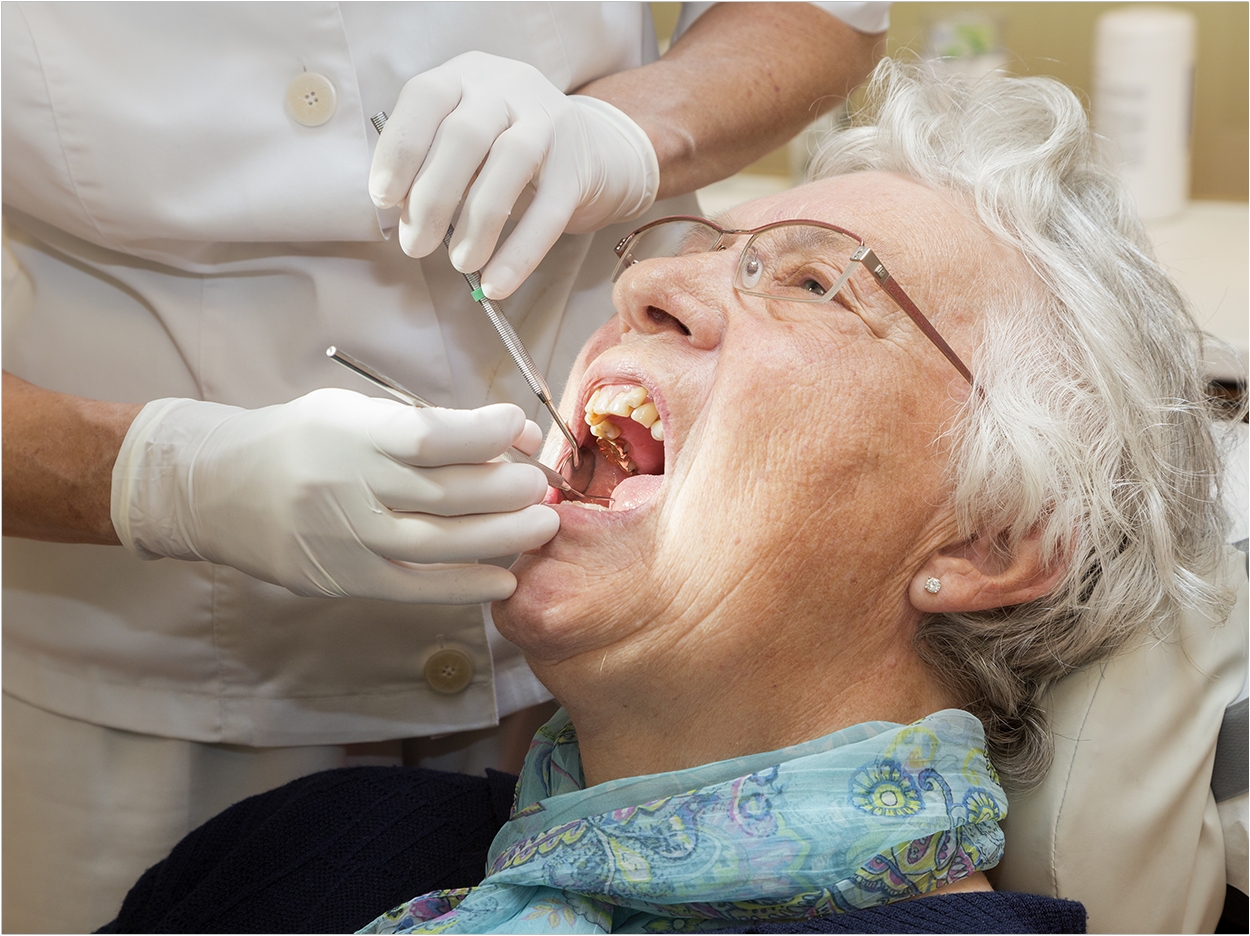
Individual enrollment in dental savings plans rose 20% to 7.76 million people in 2016 over 2015, according to the National Association of Dental Plans (NADP). The organization attributes this growth to senior citizens on Medicare, which doesn’t cover dental services, and young consumers looking for discounts on services such as teeth whitening that aren’t covered by regular dental insurance.
“The growth in discount plans for individual products is really focused on the young and the older age groups,” said Evelyn F. Ireland, NADP executive director.
Dental savings plans aren’t insurance. Instead, they offer a discount off the price charged by dentists who participate in the plan. The NADP reports that individuals account for 89% of the dental discount savings plan market, while groups make up the remaining 11%. Some of the 1.28 million new individuals covered by dental savings plans in 2016 were added through consolidation of plans that previously may have not reported to NADP, Ireland said.
Florida led the nation with 1.54 million enrollees, or about 7.6% of its population. With its disproportionate segment of an older population on Medicare, Ireland said, there is more opportunity for sales in the Sunshine State. Texas followed with 959,000 enrollees, or 3.5% of its population. New York was next with 880,000 enrollees, or 4.4% of its population.
Rates for dental services are negotiated by insurers under a discount savings plan. Consumers can save between 10% and 60% of the retail price of treatment, NADP says. For example, a routine cleaning that typically costs $106 might only cost $55 with a dental savings plan. Or, major dental work like a root canal that could run as high as $1,000 might only cost $448 with a dental plan.
Members pay a fee to join a plan offered by a major insurer and then benefit from discounts each time the visit the dentist, NADP says. A family of three can join a plan for a one-time fee of less than $150 and see waiting periods of less than 48 to 72 hours. There are no premiums to pay, and plan proponents say they are more convenient and require less paperwork than standard dental insurance.
Insured dental plans come in the form of dental HMOs, dental PPOs, and traditional dental indemnity plans. Currently, NADP reports, about 250 million Americans or approximately 77% of the population were covered by some form of dental benefit in 2016. Also, only about 4% of people enrolled in a dental benefit are enrolled in a private nongroup plan, which would include a dental savings plan.
Related Articles
How to Price an In-House Dental Savings Plan
How to Build a Practice That’s Less Dependent on Dental Insurance
Beyond Medicare: What to Tell Your Retired Patients about Dental Coverage












